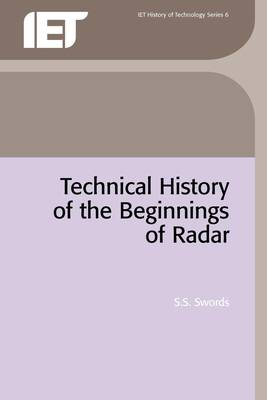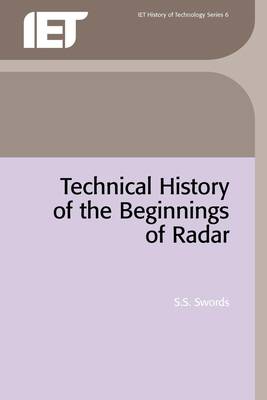
- Retrait gratuit dans votre magasin Club
- 7.000.000 titres dans notre catalogue
- Payer en toute sécurité
- Toujours un magasin près de chez vous
- Retrait gratuit dans votre magasin Club
- 7.000.000 titres dans notre catalogue
- Payer en toute sécurité
- Toujours un magasin près de chez vous
Description
Radar has become an essential factor in air and sea travel, has affected all areas of military science and, most important of all perhaps, has considerably influenced the progress of electronic engineering.
This book is the first general history of radar to be published, and one which covers the independent but more or less simultaneous emergence of radar in several countries in the 1930s.
Some of the earliest proposals for the use of radio waves to detect objects at a distance are first dealt with. The narrative ranges from the concepts of Nikola Tesler in 1900 and the experiments of Christian Hulsmeyer in 1904 right through, in chronological order, to the commercially sponsored experiments of the pre-war days. The historical events and the military influences, which shaped the ultimate development of radar in each country, are then considered.
The book also sets out to explain the basic principles of radar and, where applicable, historical aspects of the evolution of these principles are dealt with. The study, while underlining the significance of the cavity magnetron, purposely restricts itself to the cavity magnetron era of radar.
Abundant references, which could facilitate further research, are given.
Spécifications
Parties prenantes
- Auteur(s) :
- Editeur:
Contenu
- Nombre de pages :
- 340
- Langue:
- Anglais
- Collection :
Caractéristiques
- EAN:
- 9780863410437
- Date de parution :
- 30-06-86
- Format:
- Livre broché
- Format numérique:
- Trade paperback (VS)
- Dimensions :
- 156 mm x 234 mm
- Poids :
- 476 g







